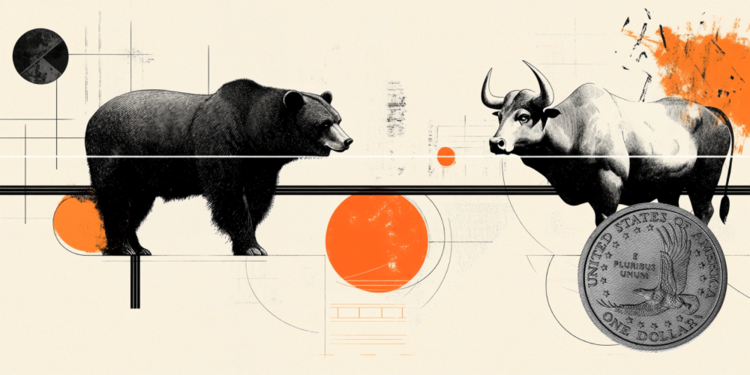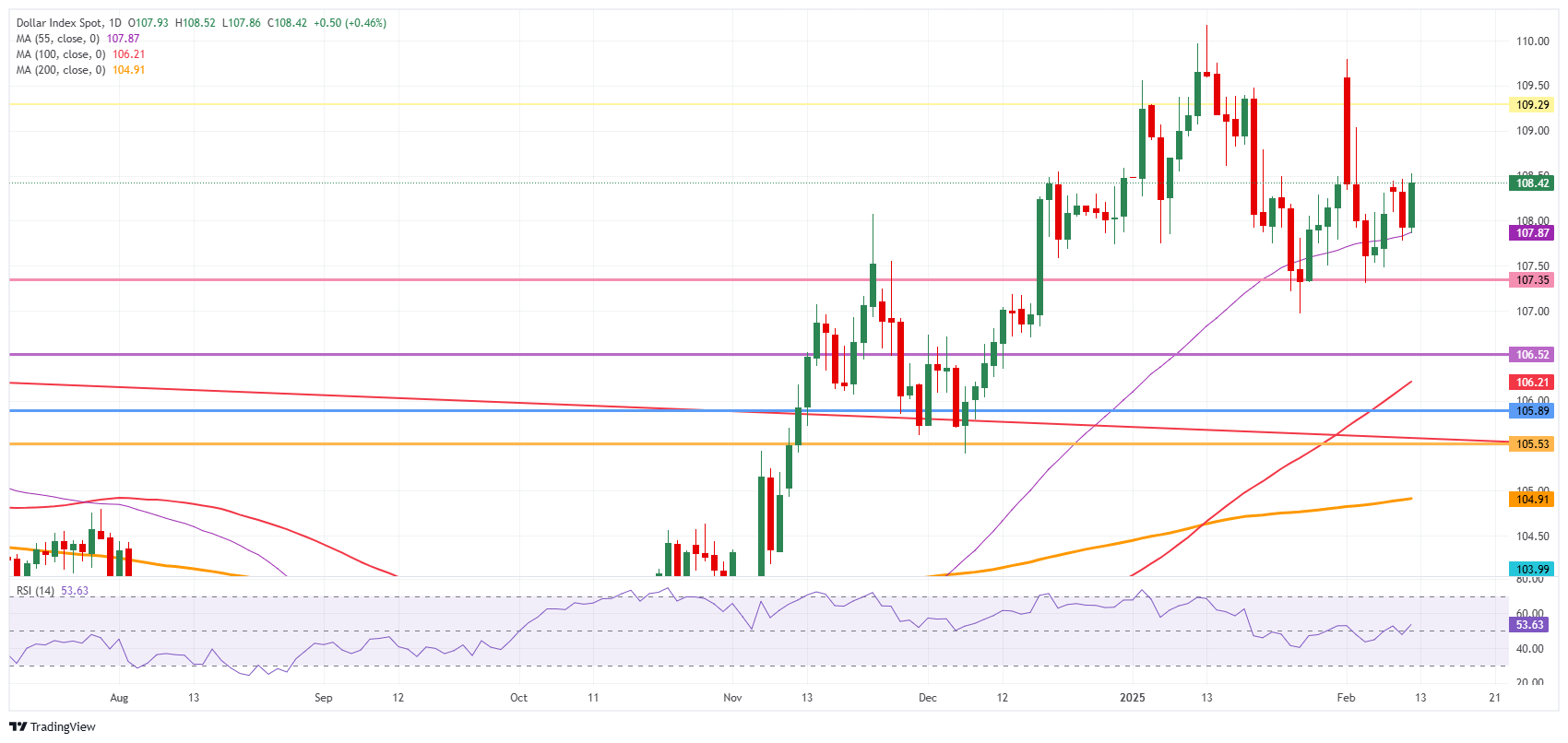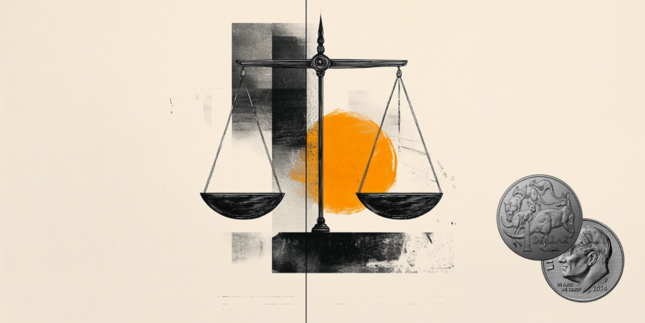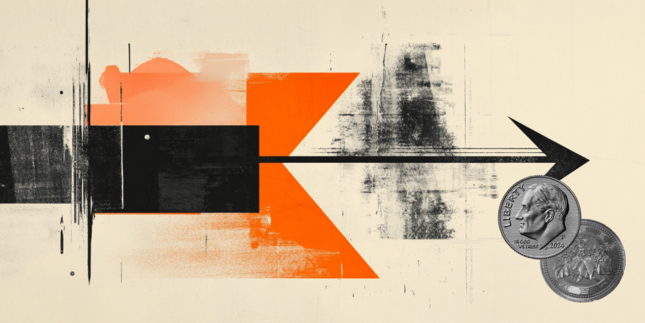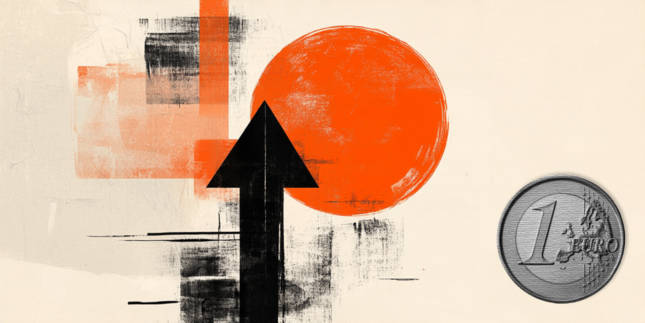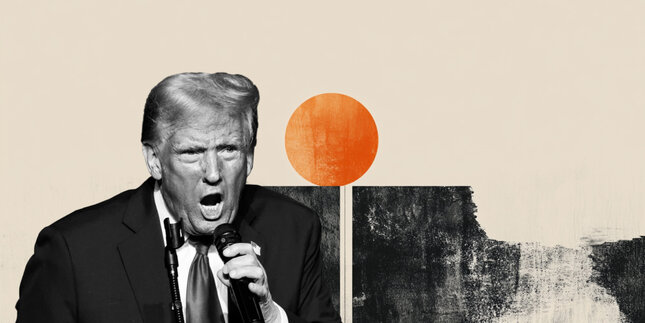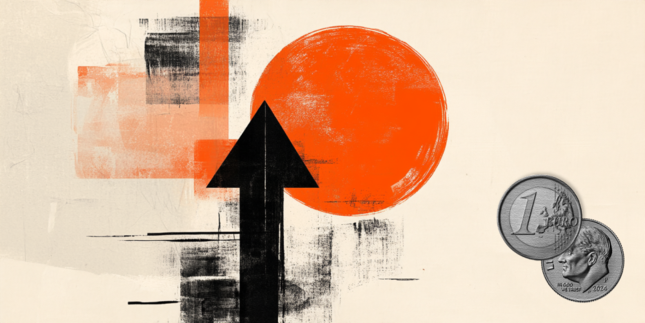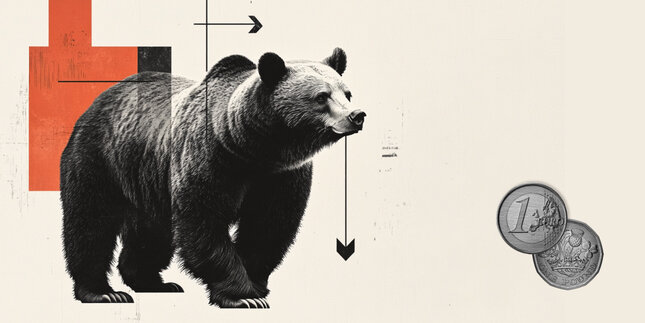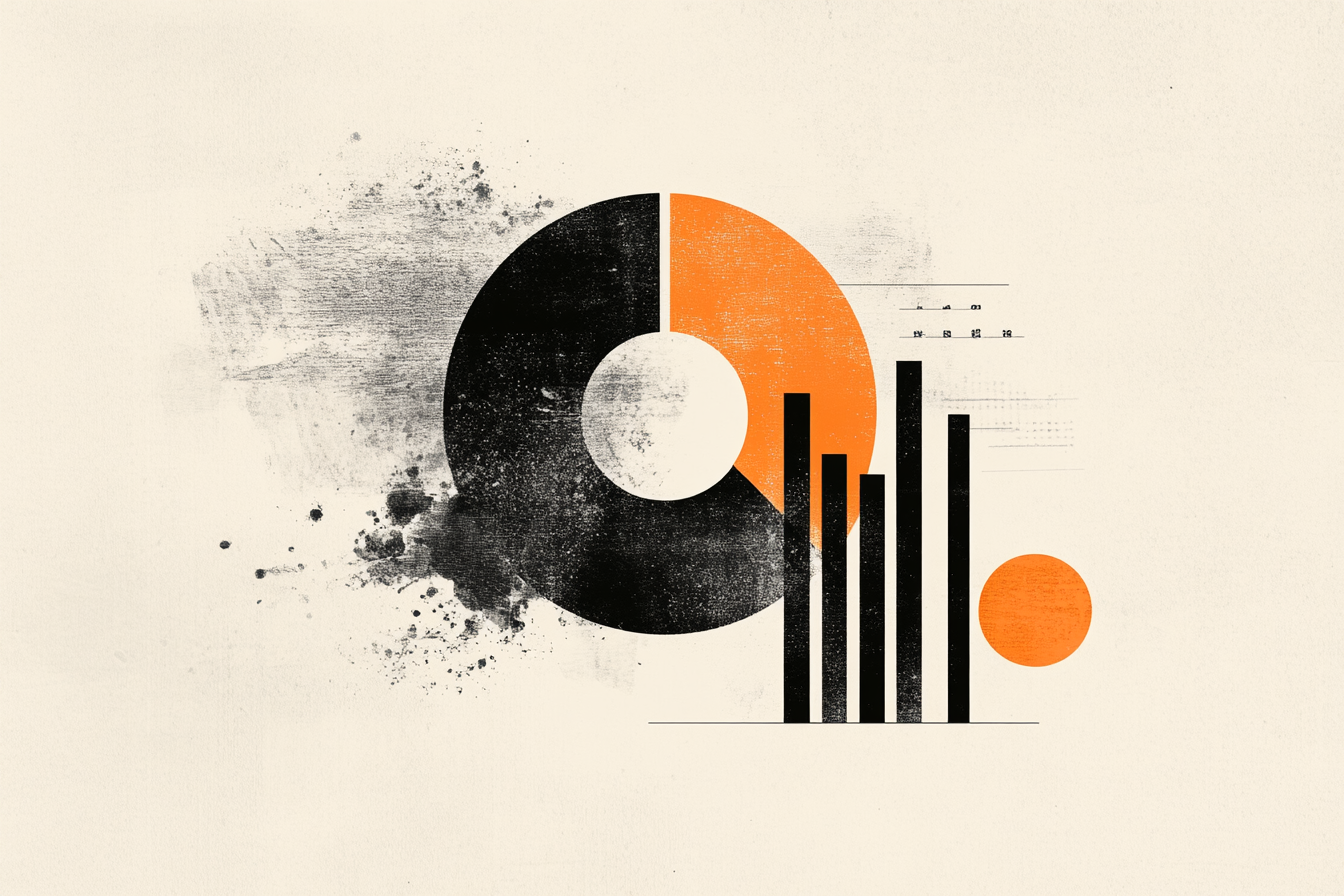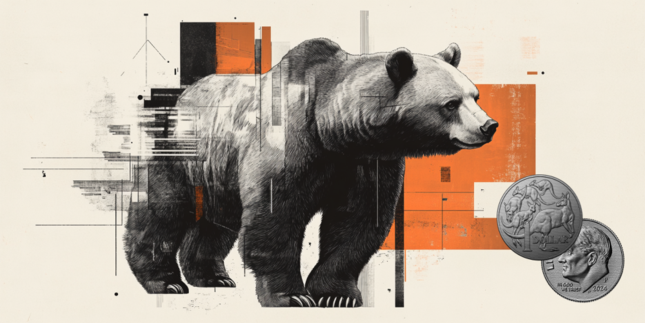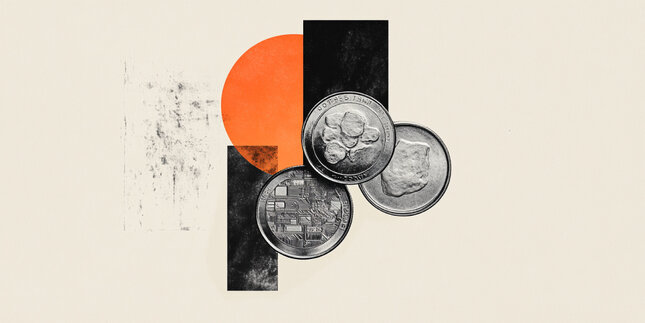US Dollar books gains after upbeat inflation rattling markets
- The US Dollar pops after stronger-than-expected January inflation numbers.
- Fed Chairman Jerome Powell heads into his second day at Capitol Hill.
- The US Dollar Index (DXY) shoots higher and heads to 108.50 in the CPI aftermath.
The US Dollar Index (DXY), which tracks the performance of the US Dollar (USD) against six major currencies, is soaring in light of the January Consumer Price Index (CPI) release which came in as an upbeat surprise for both the monthly Core and Headline number. During his first testimony at Capitol Hill facing law makers, Federal Reserve (Fed) Chairman Jerome Powell did not leave many clues about the timing for another interest rate cut by the central bank, if any. Traders are mulling what to do next, with US yields slowly but surely starting to head higher this week.
The economic calendar is gearing up for Fed Chairman Jerome Powell who will give a speech for the second day in a row at Capitol Hill. In addition, several more Fed speakers are set to speak. Atlanta Fed President Raphael Bostic and Fed Governor Waller are set to make comments as well.
Daily digest market movers: Powell is right on the money
- The US Consumer Price Index data for January has been released:
- The monthly headline CPI measure came in at 0.5%, beating the 0.3% estimate and coming from 0.4% in the previous month.
- The monthly core inflation gauge jumped to 0.4%, above the 0.3% expectations and compared to 0.2% in December.
- The stronger inflation numbers fuels higher US rates and, in turn, trigger a stronger US Dollar (USD)
- At 15:00 GMT, Fed Chairman Jerome Powell will start his second day of testimony at Capitol Hill.
- At 17:00 GMT, Federal Reserve Bank of Atlanta President Raphael W. Bostic gives remarks at the Atlanta chapter of the National Association of Corporate Directors.
- At 22:05 GMT, Federal Reserve Governor Christopher Waller is set to speak at "A very Stable Conference: Stablecoin Infrastructure for Real World Applications" in San Francisco, California.
- Equities are diving lower on the back of the US CPI release. With yields higher, equities are taking a step back and are diving lower by rougly 1% on average.
- The CME FedWatch tool projects a 95.5% chance that the Fed will keep interest rates unchanged at its next meeting on March 19.
- The US 10-year yield shoots higher to 4.63%, ticking up further for a third day in a row and recovering further from its fresh yearly low of 4.40% printed last week.
US Dollar Index Technical Analysis: Here goes logic
The US Dollar Index (DXY) is stuck in a game of Cluedo, and detective Fed Chairman Powell is not giving away much to nearly no clues. With traders left clueless about what or when the Fed will make its next move, slowly but surely, bonds are getting back in the graces of traders as a safe place to be in periods of uncertainty. With this, the US Dollar should solely but surely see some inflow and tick higher.
On the upside, the first barrier at 109.30 (July 14, 2022, high) was briefly surpassed but did not hold last week. Once that level is reclaimed, the next level to hit before advancing further remains at 110.79 (September 7, 2022, high).
On the downside, 107.35 (October 3, 2023, high) is still acting as strong support after several tests last week. In case more downside occurs, look for 106.52 (April 16, 2024, high), 106.21 (100-day Simple Moving Average), or even 105.89 (resistance in June 2024) as better support levels.
US Dollar Index: Daily Chart
Central banks FAQs
Central Banks have a key mandate which is making sure that there is price stability in a country or region. Economies are constantly facing inflation or deflation when prices for certain goods and services are fluctuating. Constant rising prices for the same goods means inflation, constant lowered prices for the same goods means deflation. It is the task of the central bank to keep the demand in line by tweaking its policy rate. For the biggest central banks like the US Federal Reserve (Fed), the European Central Bank (ECB) or the Bank of England (BoE), the mandate is to keep inflation close to 2%.
A central bank has one important tool at its disposal to get inflation higher or lower, and that is by tweaking its benchmark policy rate, commonly known as interest rate. On pre-communicated moments, the central bank will issue a statement with its policy rate and provide additional reasoning on why it is either remaining or changing (cutting or hiking) it. Local banks will adjust their savings and lending rates accordingly, which in turn will make it either harder or easier for people to earn on their savings or for companies to take out loans and make investments in their businesses. When the central bank hikes interest rates substantially, this is called monetary tightening. When it is cutting its benchmark rate, it is called monetary easing.
A central bank is often politically independent. Members of the central bank policy board are passing through a series of panels and hearings before being appointed to a policy board seat. Each member in that board often has a certain conviction on how the central bank should control inflation and the subsequent monetary policy. Members that want a very loose monetary policy, with low rates and cheap lending, to boost the economy substantially while being content to see inflation slightly above 2%, are called ‘doves’. Members that rather want to see higher rates to reward savings and want to keep a lit on inflation at all time are called ‘hawks’ and will not rest until inflation is at or just below 2%.
Normally, there is a chairman or president who leads each meeting, needs to create a consensus between the hawks or doves and has his or her final say when it would come down to a vote split to avoid a 50-50 tie on whether the current policy should be adjusted. The chairman will deliver speeches which often can be followed live, where the current monetary stance and outlook is being communicated. A central bank will try to push forward its monetary policy without triggering violent swings in rates, equities, or its currency. All members of the central bank will channel their stance toward the markets in advance of a policy meeting event. A few days before a policy meeting takes place until the new policy has been communicated, members are forbidden to talk publicly. This is called the blackout period.
Forex News
Keep up with the financial markets, know what's happening and what is affecting the markets with our latest market updates. Analyze market movers, trends and build your trading strategies accordingly.
